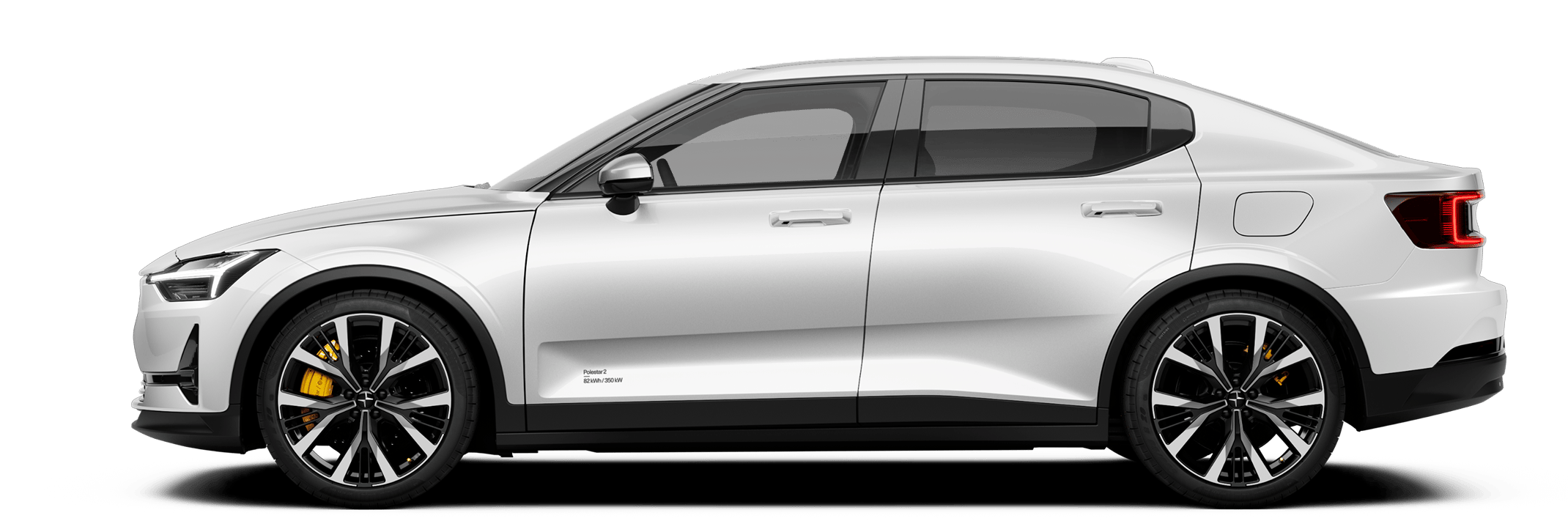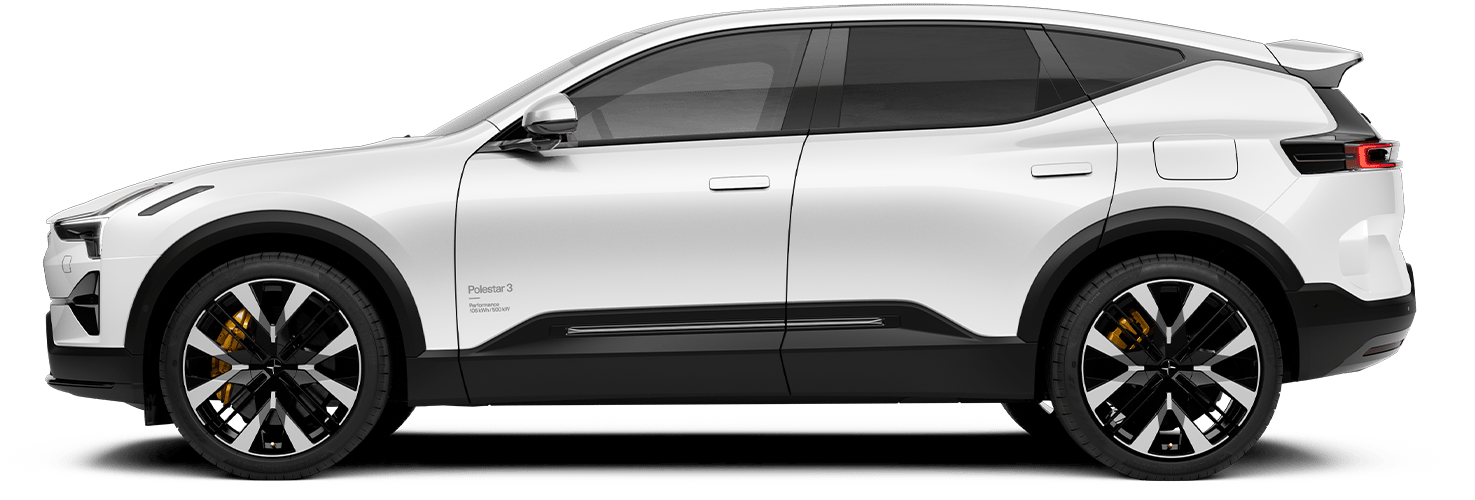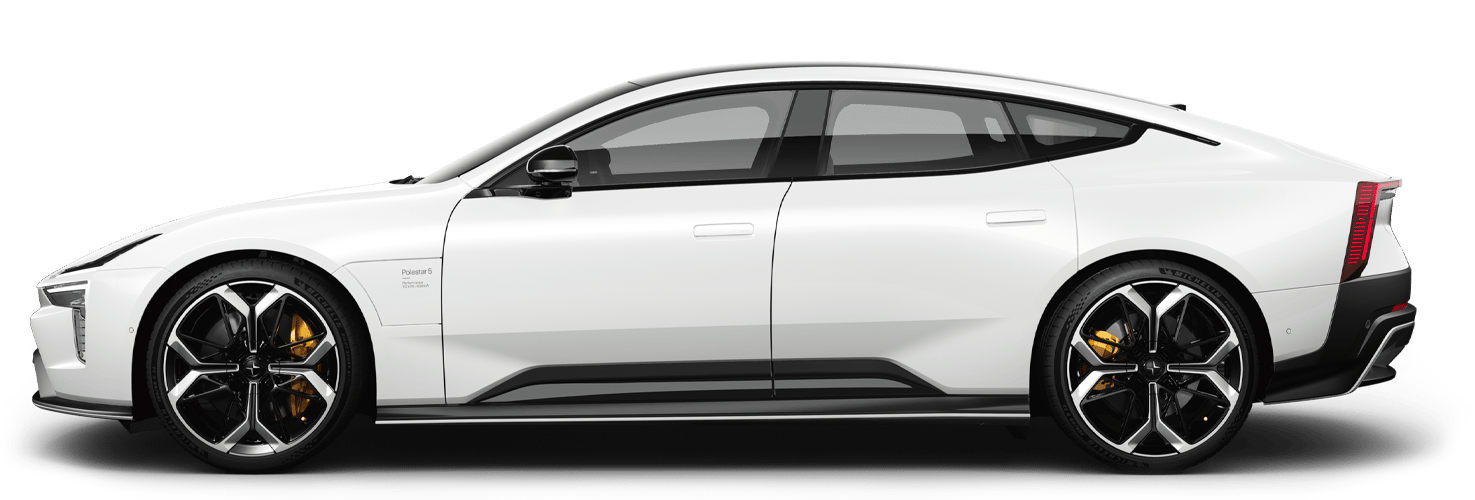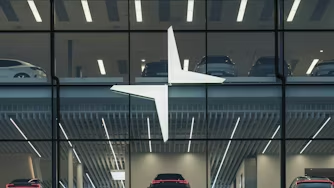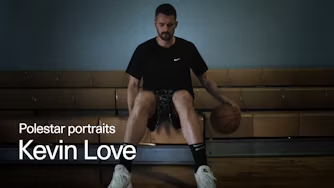Making waves: How innovation and renewable energy are bringing surfing to the masses
Artificial surfing destinations located miles from the sea are introducing the sport of surfing to new audiences. Nick Hounsfield, founder of The Wave in Bristol, takes us on his journey from a dream to land-locked wave-riding reality.
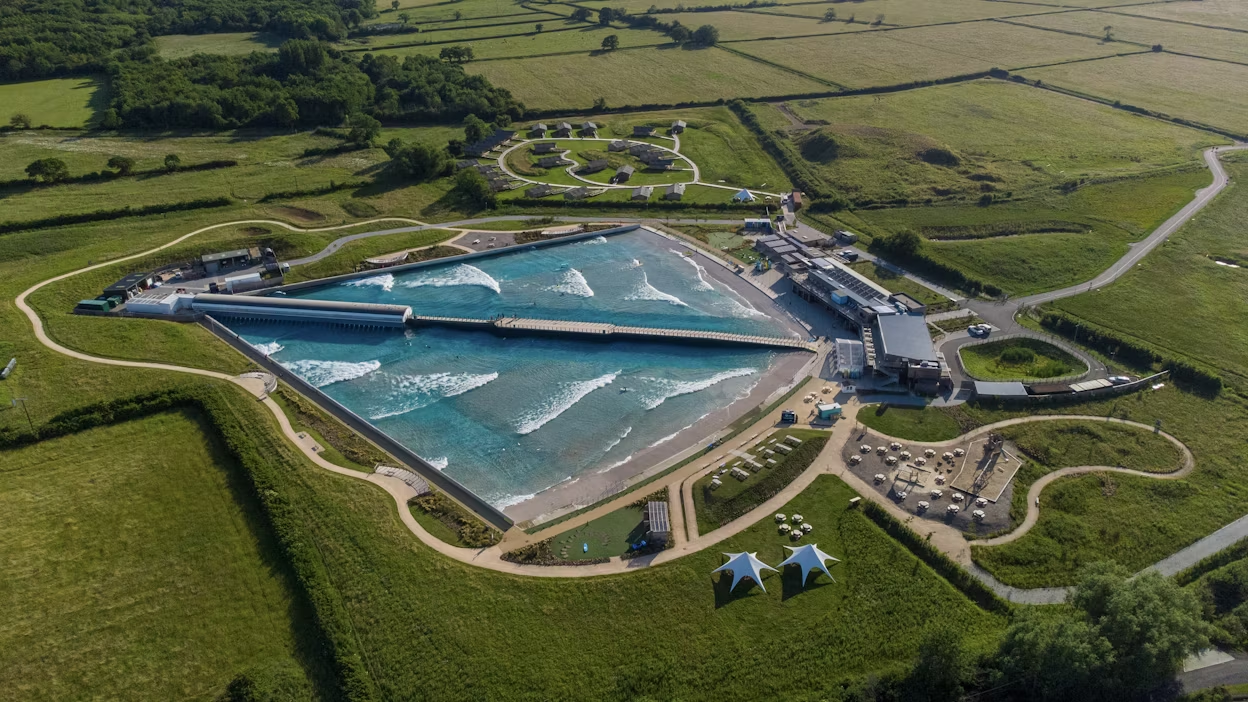
Located on the outskirts of bustling Bristol, the UK’s vibrant cultural hub that’s nestled in the hills of southwest England, lies an enormous, freshwater lagoon. Out of hours, it’s merely a fan-shaped body of enticingly blue waters, but as soon as The Wave’s innovative series of mechanical paddles get to work, it transforms into a surfer’s paradise.
The Wave is one of many inland surfing lagoons that have sprung up over recent years. It brings a sport that traditionally required the perfect mix of topography, swell conditions, and, more importantly, the ocean to landlocked individuals keen on riding their first waves or honing their skills.
A former osteopath, Nick Hounsfield became increasingly aware that the majority of the ailments his patients were presenting were intrinsically linked to stress and anxiety, a loss of community, not being active enough, and a disconnection from the natural world.
Armed with an initial £500 and a vision, Nick managed to raise £30 million to fulfil his dream to do something that would have a profound impact on people's health and happiness. “I saw a video of a perfect surfing wave breaking in a field in the Basque hills - it was a new wave-making technology. This was my eureka moment. As a surfer I knew the power of getting in the water and how surfing made me feel, physically and mentally,” Nick says.
The company that helped Nick achieve his vision is The Wavegarden and, more importantly, its Cove Technology. In short, and to not get too technical, the technology sees a series of mechanical paddles move underwater to form a wave down a central spine of the lake, which then pushes out over a lake bottom that is specially contoured to act like a reef. The power of the moving wave then ‘jacks up’ as it hits these areas of shallow artificial reef.
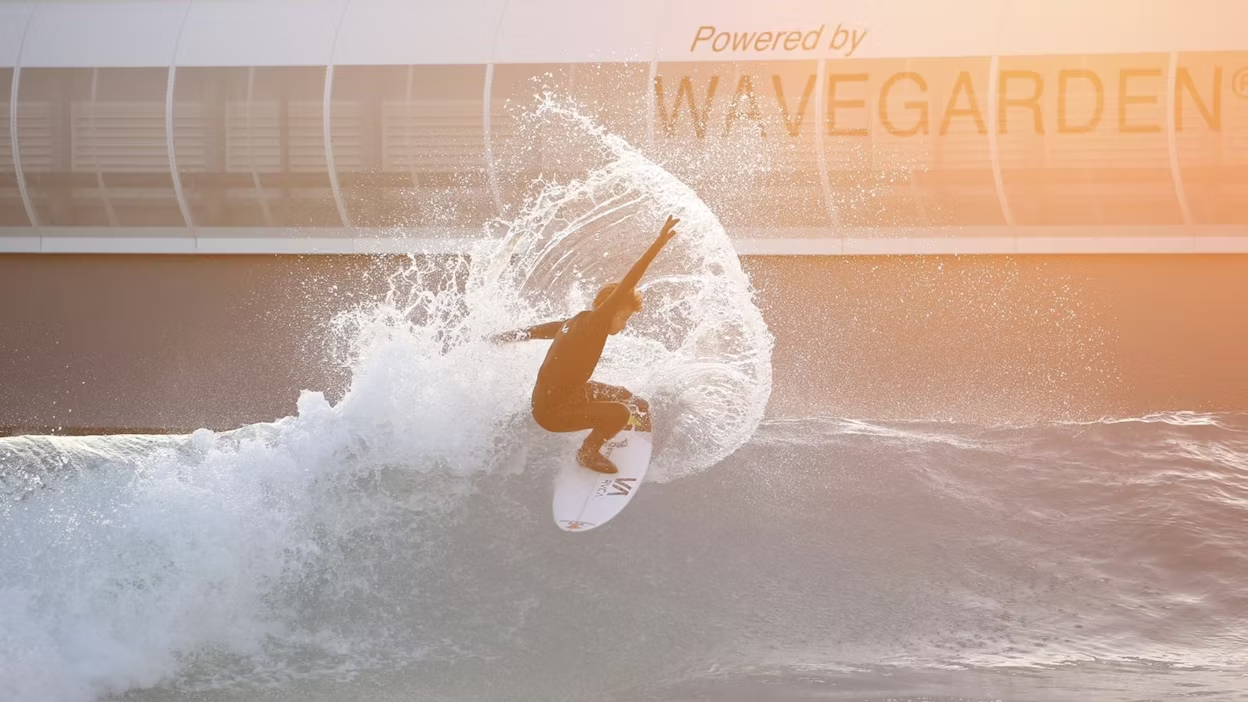
The Wavegarden tech produces really ocean-like waves at the push of the button
The Wave at Bristol is capable of producing up to 1,000 quality waves per hour, ranging from 50cm (1.7ft) to almost 2m (6.5ft) in height. At its busiest, the site can produce a new wave every 8-10 seconds.
“The Wavegarden tech produces really ocean-like waves at the push of the button - which can be changed to be suitable for people of all ages, backgrounds and abilities, from a child stepping on a board for the first time to a pro training for the Olympics,” Nick says.
Of course, it is no replacement for surfing in the ocean, which, for some, has natural healing and mental health benefits of its own. What’s more, the ability to read the ocean and the ever-shifting sandbars is a skill that takes years for the pros to master.
“In terms of training at an elite level, The Wave is a game-changer for British surfers. We are only blessed with quality surfing waves around 30 per cent of the year in the ocean - a lot less than the big surfing nations, such as Australia, Brazil, and the US. The Wave is the training centre of excellence for Team England and the possibility to go over and over manoeuvres, on consistent waves, has really turbocharged development,” Nick says.
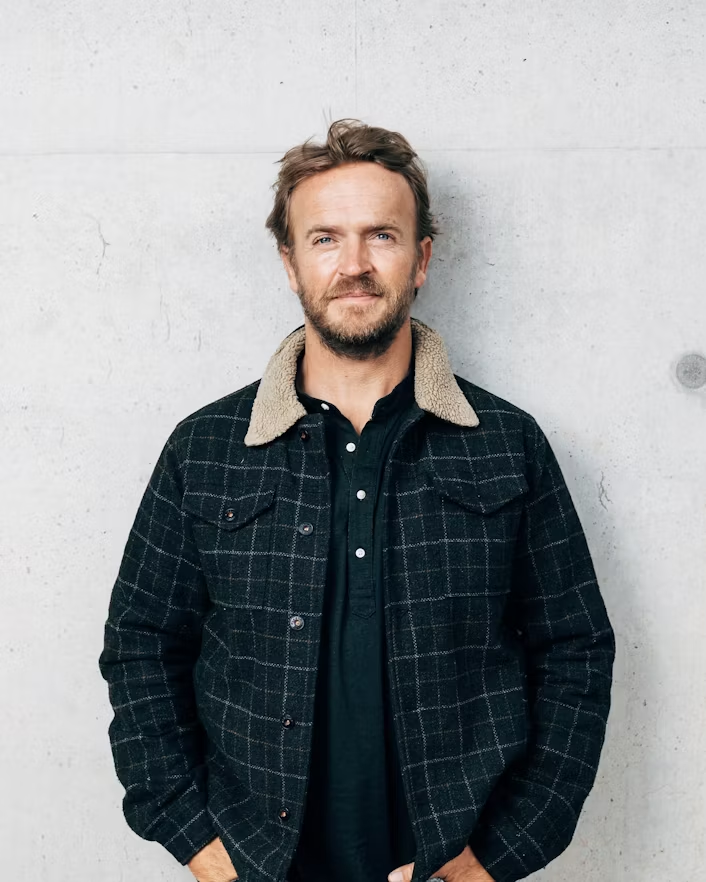
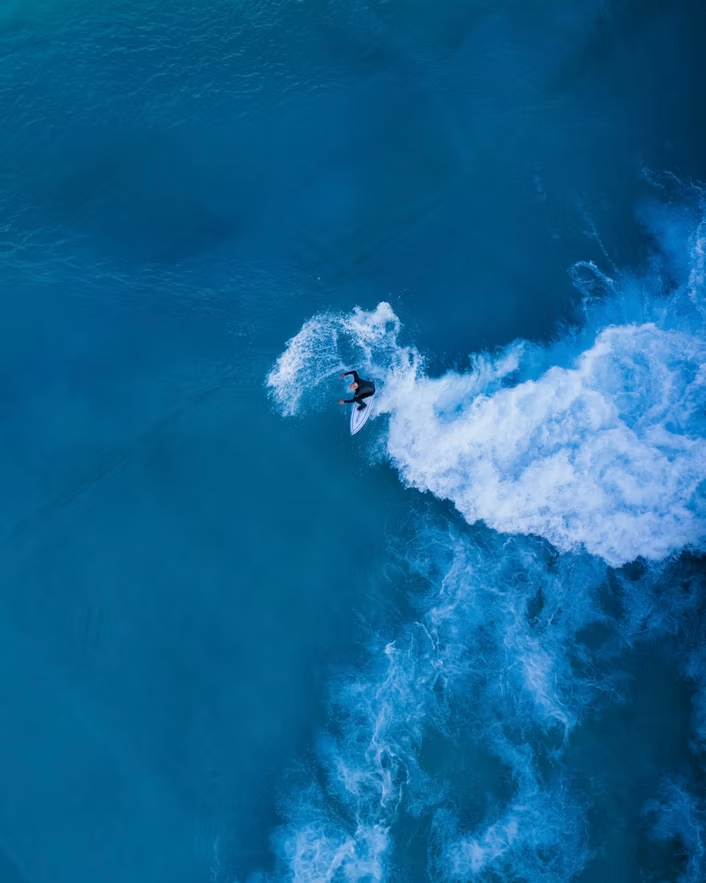
The Wave is a game-changer for British surfers
A surfing destination
The Wave has morphed from a place to snare your first unforgettable experience atop a surfboard to a bustling destination of its own. A cafe, restaurant, bar, shop, and even a camp with boutique accommodation are now all available on-site.
“We know that increasing dwell time is important to the business model and having the ability to stay, eat, shop, and participate in other activities, like our skate ramp, means that people will make a longer day trip or even stay over for a few days. We have brilliant feedback about the atmosphere on site and have worked hard to make it fun, inclusive, and really welcoming. We want everyone to feel comfortable visiting us,” Nick says.
In addition to this, Nick has been adamant that the inland surfing destination would use 100 per cent renewable energy. “It would have been wrong for us to use fossil fuel to power our waves,” he says.
Last year, The Wave embarked on a £3.2million project to install solar PV modules across the site, including a solar canopy over part of the car park and a solar ‘Smartflower’, which act as an engaging renewable energy educational tool for visitors and school visits.
The solar project is forecast to generate 3,000,000kWh in year one – yet The Wave’s current annual power consumption is around 2,250,000 kWh. Excess power generated will be exported via Good Energy, contributing towards decarbonising the National Grid.
Solar thermal panels have also been installed to pre-heat the water. The Clubhouse bar and restaurant are made predominantly from recycled materials and clever planning and landscaping around the site has been employed to increase the biodiversity and habitat areas.
Plus, any excess energy that isn’t fed back into the grid can be diverted to the electric vehicle charging hub that is being installed in the car park. Driver’s of zero emission vehicles can arrive, surf zero emission waves and then drive home pumped full of endorphins and electric charge.
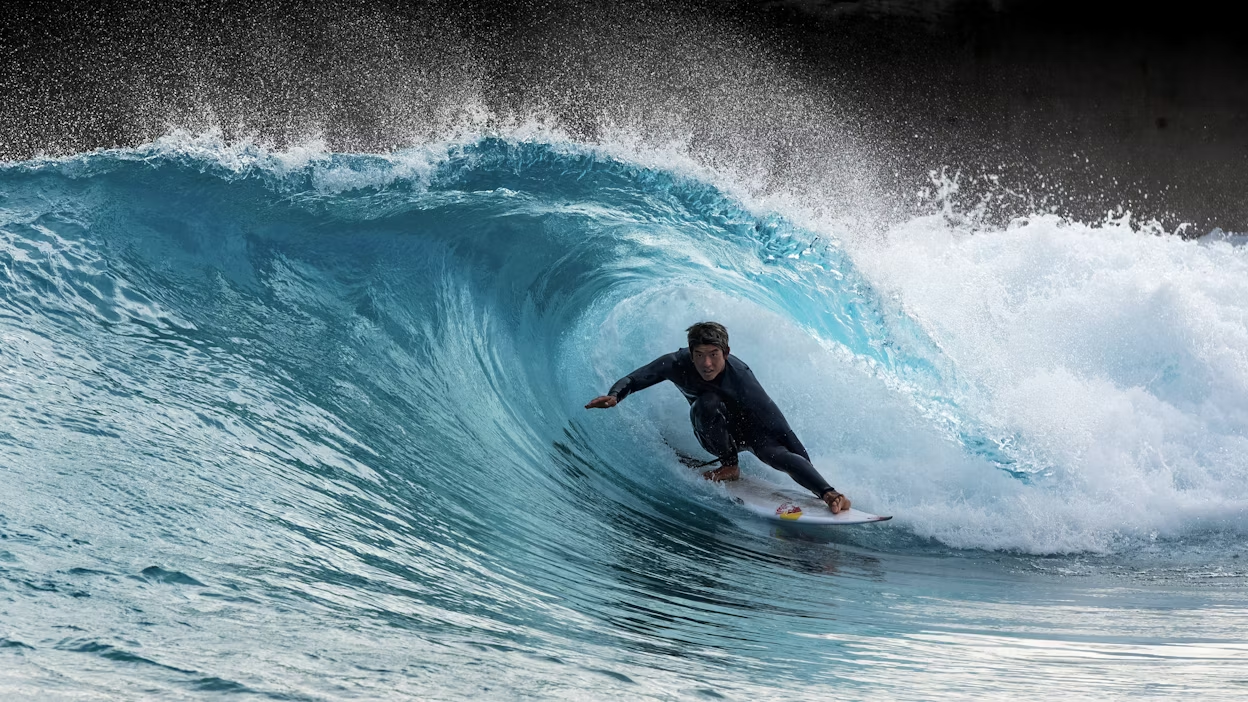
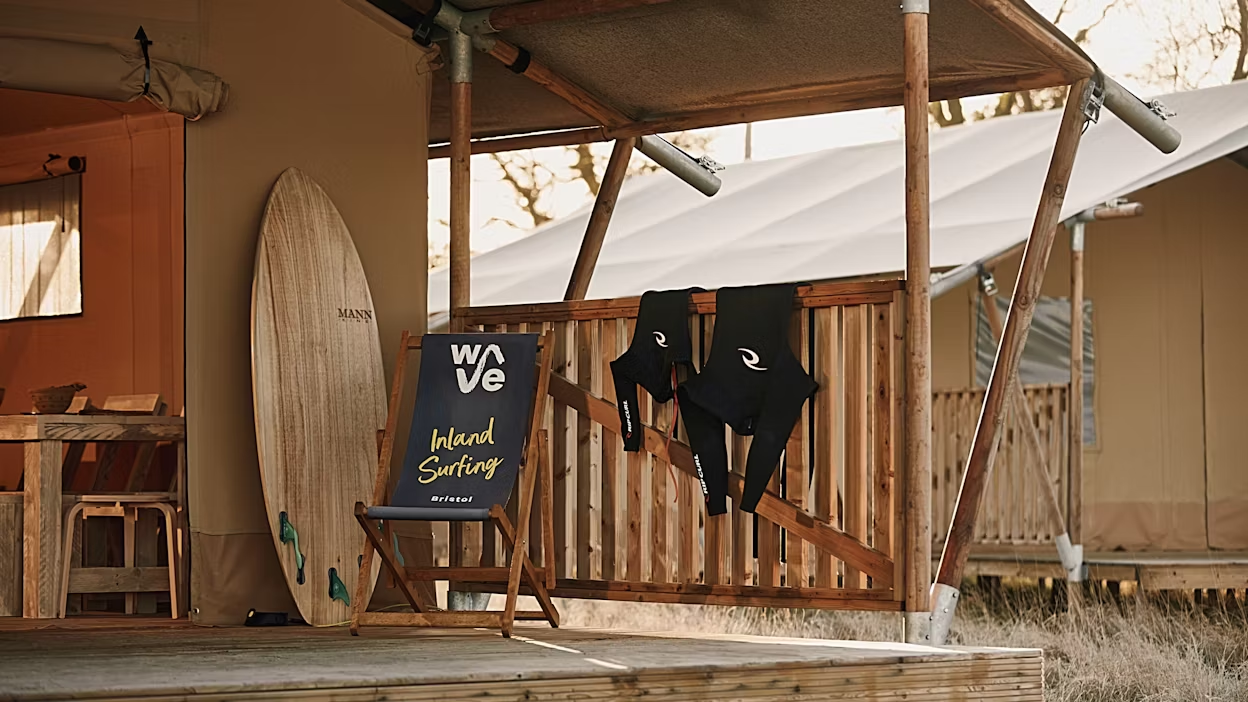
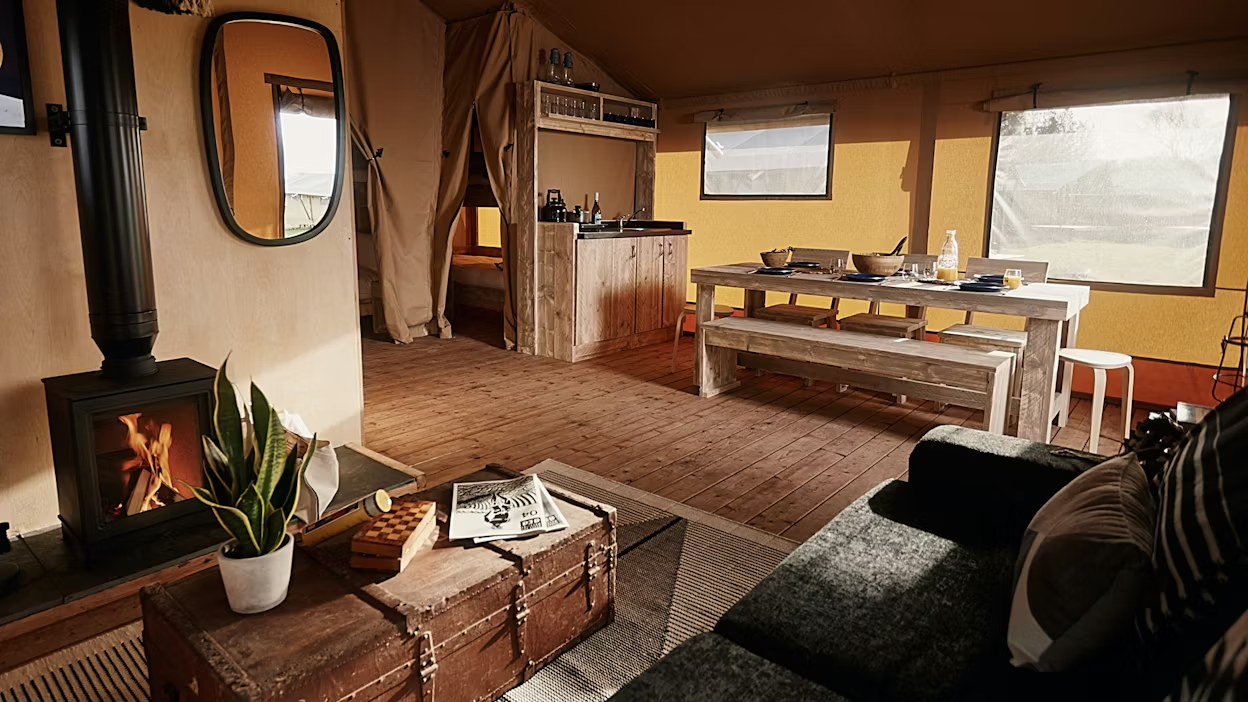



01/03
The future is bright
Inland surf technology is developing at a rapid rate, with numerous innovative ways to make waves where waves shouldn’t exist joining the Wavegarden Cove system.
Surf legend Kelly Slater has successfully developed his own giant moving foil set-up, giant plungers have been employed in Australia to create concentric rings of waves, while others have turned to vacuums that suck and then blow vast quantities of water over a pre-formed reef.
For Nick and The Wave, one of the first to use Wavegarden’s Cove technology, the next stop on his journey is to bring surfing to the UK’s capital. “We know there is an amazing audience of existing surfers in London - plus incredible opportunities to bring the sport to audiences and demographics who have never tried it and wouldn't easily be able to access it. That really excites me!” he says.
In addition to this, directional lighting is coming to the Bristol location this year, allowing surfers to extend their sessions into the evening and beyond. “Our planning permission allows us to operate from 7am to 9pm, but the reality is that for much of the year we can’t run all of these sessions as we lose the daylight in the UK.
“We know there is demand for pre and post-work surfs and we would also love to be able to run more options for children after-school, particularly in the autumn months,” Nick explains.
Safe, easy to access, and the guarantee of quality waves, inland surfing is a hot property right now and it’s very easy to see why. But Nick’s foresight to prove the technology can work has been a major part of the overarching success story.
“Hopefully, I have been a good ambassador for The Wavegarden technology and the whole Wavepark movement in terms of building The Wave in the right way… that is to say, balancing people, planet, and profit in all our work,” he adds.
Words by: Leon Poultney
